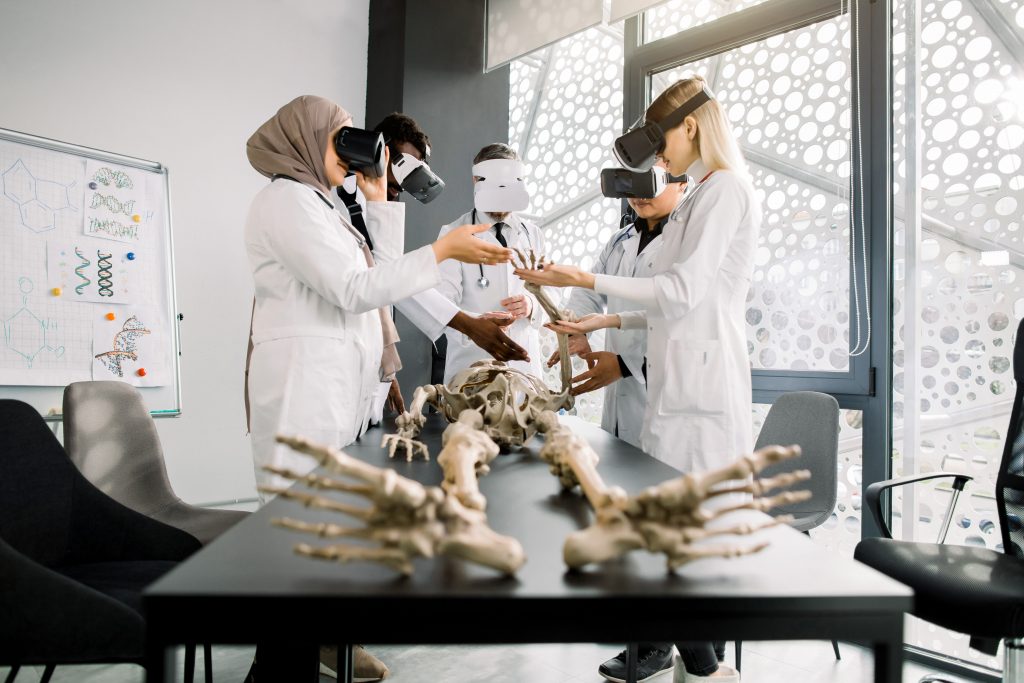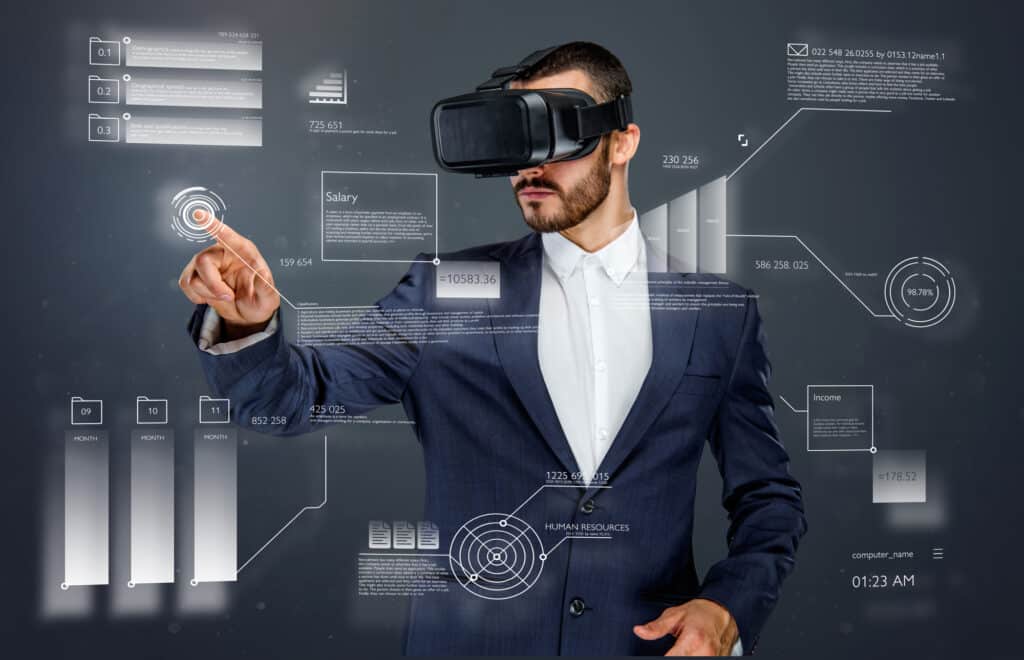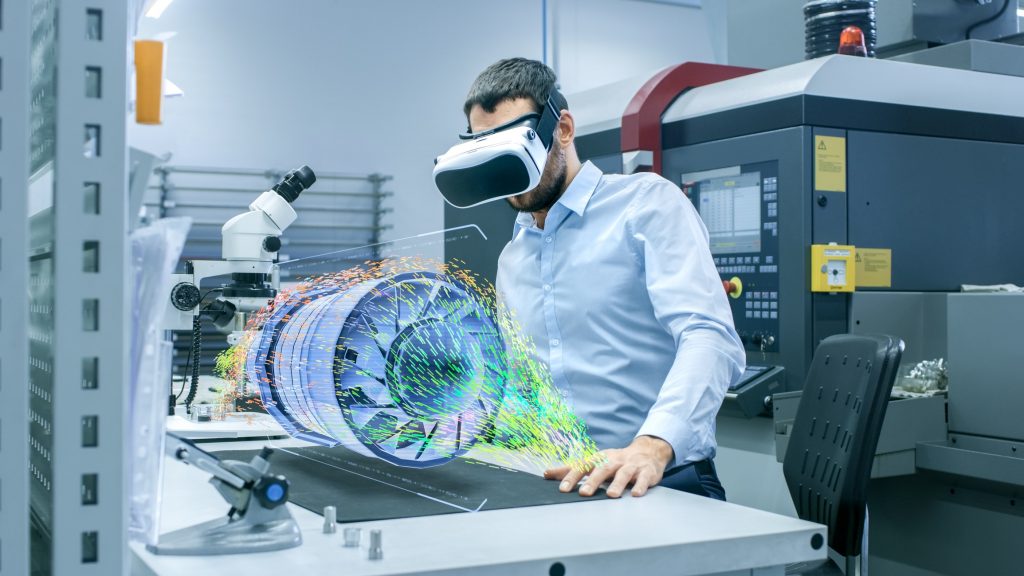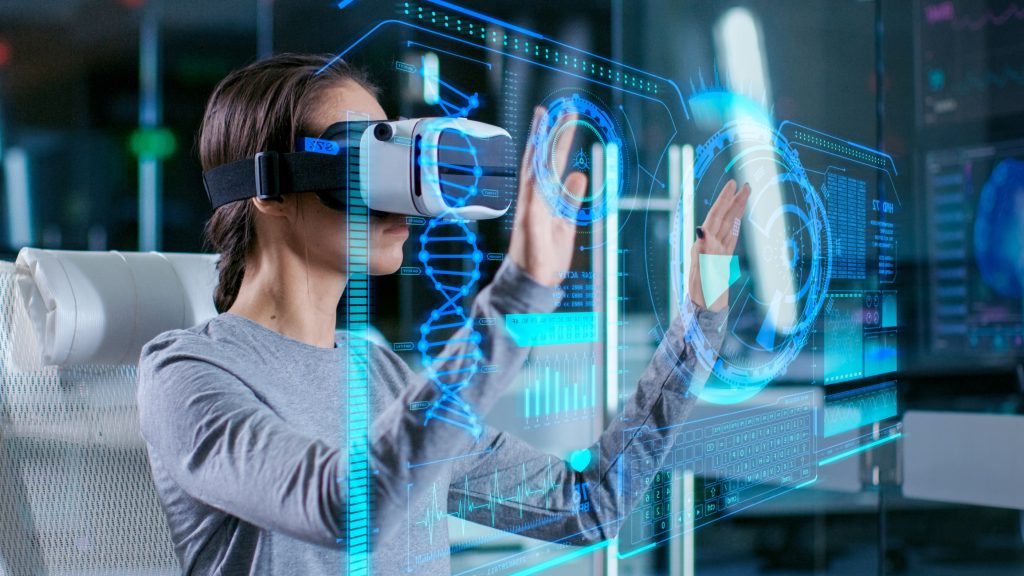Virtual Reality (VR) technology offers the ability for a learner to undergo an immersive, realistic experience. These experiences can be so lifelike that they create memories similar to real-life activities. This is due to something called a “memory palace” that helps our brain recall more effectively. It enables us to organize memories spatially within an environment. Studies consistently show that experiences in a VR environment have similar retention to those activities performed in the real world.
An example of the benefit of virtual reality training comes from Dr. Narendra Kini, CEO at Miami Children’s Health System. He reported that the retention level remained at 80% one whole year after training. On its own, 80% retention is excellent, but compare that with traditional training methods and it becomes phenomenal. The study showed that traditional training methods retention level was 20% after only a week. In addition to better retention, studies also consistently show high learner preference with VR training. The more immersive the experience, the more engaged the students. It’s no small wonder why VR has seen such success in the training sector.

The Advantages of Virtual Reality Training
The benefits of utilizing virtual reality don’t stop with retention. There are many reasons why VR can be advantageous when compared with carrying out training activities in the “real world.” The most common advantages are the ability to:
- Simulate dangerous or risky situations within a controlled environment
- Perform soft skills training without requiring the involvement of patients or actors
- Train students across various locations without the need for travel
- Create learning scenarios that are difficult or impossible to replicate easily
- Fail without cost or consequence
- Record and review training
- Capture data. Such as where a student looks first, the amount of time spent on certain activities, or whether proper steps were followed for a given task or activity
- Identify trends based upon aggregate performance data to adjust and improve the focus of training activities and classroom review
Several positive results follow the benefits listed above. Cost reduction is one of the primary benefits. VR training can reduce or avoid travel, limit training “props” or devices, reset training for each student, and create environments that are impractical or impossible in real-life.
Students using VR training have the ability to practice in a controlled environment that may otherwise be dangerous or impossible to replicate. For industries such as health care and manufacturing, many situations cannot be easily simulated without injury concern, loss of life, or major property damage. There is no effective way to train for these types of situations in the real world. VR training gives an edge to a worker should an unfortunate circumstance arise. They will have a memory of going through that situation and be able to react more efficiently and safely.
(Above, an example of how virtual reality can be used for training. This was a proof-of-concept project for the City of Los Angeles)
The Results of Virtual Reality Training
Major brands, including multiple Fortune 500 companies, are using VR for training and seeing incredible results.
- Boeing: 40% Productivity Improvement
- UPS: 75% Learner Retention Rate
- Tyson Foods: 20% YoY Drop in Injuries & Illness
- Walmart: 15% Increased Test Scores
- United Technologies: 40% Reduction in Onboarding Time
Can you remember the last initiative you introduced that had a measurable impact of up to 75%? It’s almost unheard of. (Source)

How to Add VR to Existing Corporate Training
Virtual reality is incredibly exciting, but it can be hard to know where to start. The best approach to building a VR training strategy for a company is to look at existing training. There may be an opportunity to replace or enhance the learning journey with Virtual Reality.
For example, as a follow-up to classroom-based learning, a student could practice the skills taught with active learning in a VR environment. Additionally, there may be an existing curriculum that requires travel, expensive setups, or disruptive activities (such as in manufacturing). Utilizing VR could accomplish the same goals more quickly, inexpensively, and safely in a VR environment.

Where Can Corporate Training Benefit from VR?
One of the greatest benefits of VR is that it’s virtually limitless. While there are some restrictions that stem from current hardware technology, the software is only bound by your imagination. Below are just a few examples of how VR may be used in your organization:
- Orientation
- Onboarding Training
- Technical Skills Development Training
- Soft skills development training
- Products and services training
- Mandatory (compliance) training

Can VR Integrate With an Existing LMS?
A Learning Management System (LMS) captures the data and results created from a learning exercise and stores it for tracking, scoring, and grading. Once the requirements are defined for a learning activity, data can be generated by the VR experience and be imported into an LMS. This is dependent upon API’s and import options. Feasibility will vary by LMS but should generally be available should be part of the planning and requirements process.

How Do I Get Started?
Now that we covered why, let’s focus on how. Start with the non-technical questions about what you want to accomplish with training. The technology should be applied to the problem – not the other way around.
- Choose a very specific employee group or training activity to focus on during the proof of concept (POC).
- Create the concept and storyboard. Be detailed with the experience and desired learning outcomes and activities to be measured.
- Choose the platform and technology that will be used/required for the experience. This should also include any LMS integration requirements.
- Development, production, QA, User testing, Launch
Interested in utilizing VR for your business? We have more resources on the costs and hardware considerations of virtual reality. Beyond training, VR can be used for sales and marketing. The applications are limitless!
If you have an idea that you’d like us to review and provide feedback for, reach out to our team. We’ll get back to you and answer all your questions in your journey to making VR training a reality for your business!
Recommended for You
Check out related insights from the team
Get empowered, subscribe today
Receive industry insights, tips, and advice from Saritasa.